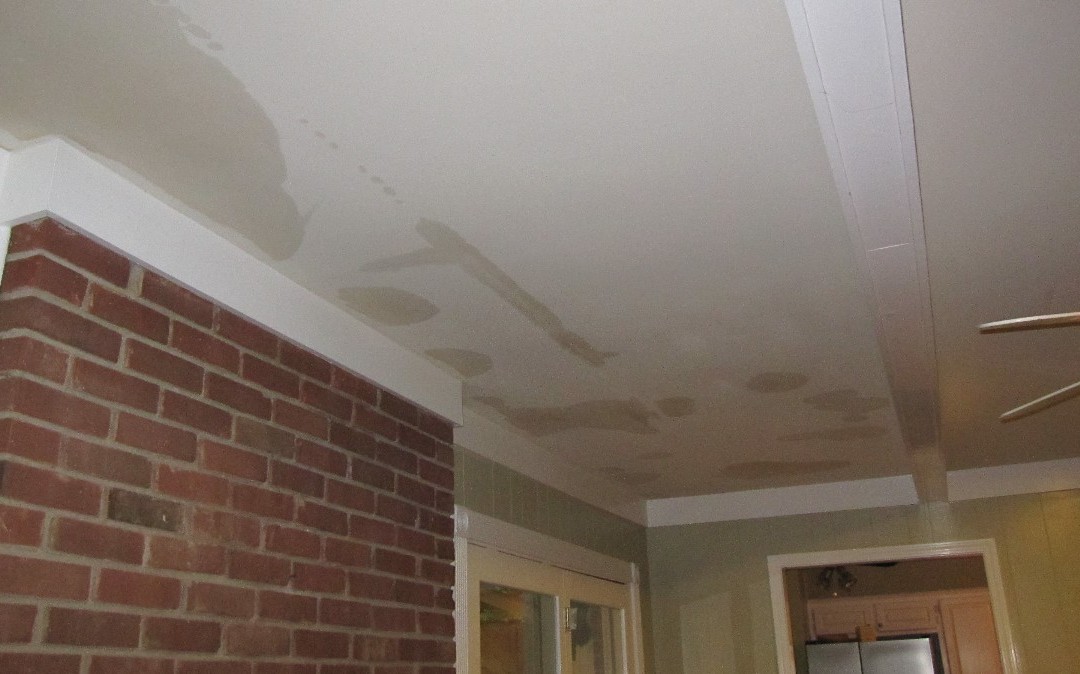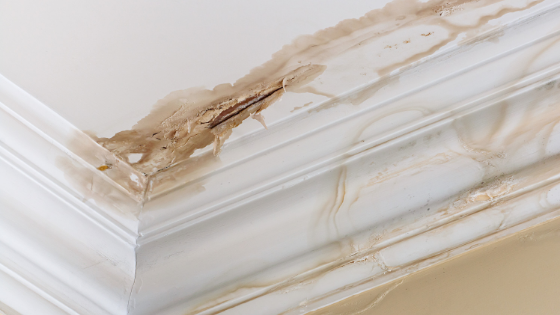Techniques to Detect and Handle Water Stains Properly
Techniques to Detect and Handle Water Stains Properly
Blog Article
Just about every person has their own unique way of thinking with regards to Water Stains on Walls.

Water discolorations on walls are not enjoyable to the eyes. Often it appears virtually unavoidable to experience water spots on walls in homes.
Homeowners staying in damp areas continuously take care of the anxiety of water stains on walls. That doesn't have to be the instance for you. With accurate and also all-around information on the reasons for water stains and also punctual repair work procedures, you will certainly constantly be a step ahead of such incidents. So, this article assures to be a helpful overview for you.
3 Common Sources Of Water Spots on Walls
Contrary to popular belief, water discolorations on wall surfaces do not constantly come from poor structure products. There are a number of reasons for water stains on wall surfaces. These consist of:
Poor Drainage
When making a building strategy, it is essential to ensure ample water drainage. This will certainly avoid water from leaking into the walls. Where the drain system is blocked or missing, underground wetness accumulates. This web links to too much wetness that you notice on the walls of your structure.
The leading cause of damp walls, in this case, can be a bad drainage system. It can likewise result from bad administration of sewage pipes that go through the structure.
Wet
When warm damp air meets completely dry cold air, it creates water beads to form on the wall surfaces of structures. This occurs in bathroom and kitchens when there is heavy steam from cooking or showers. The water beads can stain the bordering walls in these parts of your home and also infect various other locations.
Damp or condensation affects the roofing system as well as wall surfaces of buildings. This causes them to show up darker than various other areas of the residence. When the wall is wet, it produces a suitable setting for the growth of fungis and also microorganisms. These may have unfavorable results on health and wellness, such as allergic reactions and also respiratory system problems.
Pipe Leaks
A lot of homes have a network of pipes within the walls. This makes sure that the pipes are well away from the reach of destructive rats. It constantly enhances the stability of such pipes, as there is little oxygen within the walls. This dissuades rust.
A drawback to this is that water leak affects the wall surfaces of the structure and triggers widespread damage. An indicator of damaged pipes is the appearance of a water tarnish on the wall surface.
Water Discolorations on Wall: Repair Tips
When dealing with water spots, homeowners would normally want a fast solution. Yet, they would soon realize this is counterproductive as the water spots reoccur. Right here are a few helpful suggestions that will lead you in the repair service of water spots on walls:
Pro Suggestion
A houseplant in your home additionally enhances its moisture. If the residence is currently moist, you may desire to present houseplants with very little transpiration. An example of suitable houseplants is succulents.
Conclusion
Although no one intends to have water spots on walls in their home, it can happen to the best people. This write-up gives you leverage, as you currently recognize just how to handle this mishap if it does happen.
It is constantly best to hire professional solutions to assist repair the damages in your home.
Occasionally it seems almost inescapable to experience water spots on walls in homes.
Contrary to prominent belief, water discolorations on wall surfaces do not always stem from inadequate structure materials. There are numerous causes of water stains on walls. The water beads can tarnish the bordering wall surfaces in these parts of your house and also spread to various other areas.
Here are a few useful tips that will certainly guide you in the repair of water spots on walls:
CHECKING FOR WATER DAMAGE
Water damage can be costly, and it may begin before you even notice the first signs of trouble. Water damage can cause mold and mildew in your walls and floors, which can create an abundance of health concerns for your family. It can also lead to costly repairs of various appliances and general home fixtures. To avoid the pricey consequences of water damage, here are Warner Service’s top 5 places you should check:
The walls – The easiest place to spot the beginnings of water damage is on the walls and ceilings of your home. If water damage is present, there will most likely be water stains, especially around the windows and doorframes, and/or cracks in the drywall. If a stain looks unusual (discolored to brown, black or gray, raised texture), has a swollen appearance or is soft to the touch, contact a professional immediately. The pipes – To avoid water damage, consistently check the pipes in your kitchen (especially the dishwasher and ice maker), bathrooms, laundry room (specifically washing machines) and basement for corrosion, leaks and water stains. Pay special attention to where the pipes connect in your home and the location of caulking around the bathroom fixtures, including toilets, sinks, showers and tubs. Missing or loose caulking and grout could be signs of leaking water. This seepage can also quickly cause mold and rust, so double check your water heater and tank for wet spots on the floor. The floor – Water damage is very easy to spot on the floor. Look for any warping or buckling of the material, especially in the basement. If your home has wood flooring, look for bright white or dark stains. If your home has carpeting, keep it dry and clean. A damp carpet that smells of mold could cause water damage and health problems. To avoid this, consider installing floor pans under your appliances to help prevent damages from small, slow and undetected leaks. The basement and attic – If your basement or attic smells odd check for mold and mildew around the area, especially the valley where the roof meets. While you are inspecting those areas, check for wall cracks, floor stains, rust and dampness in the insulation. If you live in a colder and/or rainier climate, perform routine checks for water damage from melting snow or ice and rain. The exterior – Check the roof for damaged flashing and missing, cracked or curled shingles. There should also be no standing water anywhere outside your home. This could be caused by puddles, leaky rain gutters or hoses, poor drainage, or short gutter spouts. Invest in a sump pump system or water flow monitoring system, and perform routine maintenance on these outdoor appliances to avoid indoor water damage.

We hope you enjoyed our piece on Water Stains on Walls. Thanks for taking the time to read our piece of content. I beg you take the opportunity to share this blog post if you liked it. We recognize the value of reading our article about How to Remove Water Stains from Walls and Ceilings.
Just a call away! Report this page